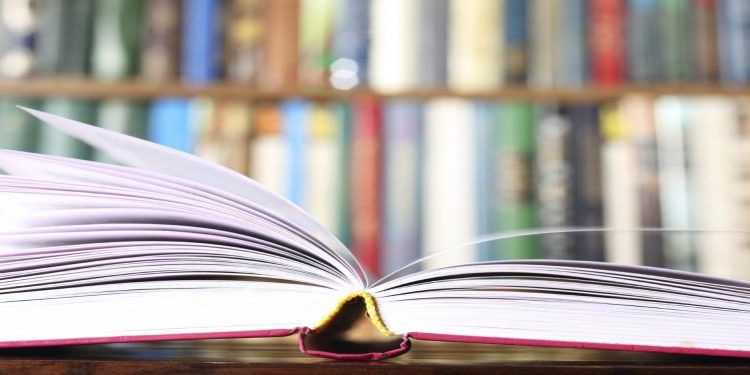Barforusi, Mohammad Ali
By Denis MacEoin
BĀRFORŪŠĪ, MOLLĀ MOḤAMMAD ALĪ (1239-65/1823-49) was animportant figure in early Babism. He is generally referred to in Babi sources as Qoddūs or Esm-Allāh al-Āḵbar; and in Bahá’í works as Noqṭa-ye Oḵhrā (in contrast to Noqṭa-ye Ūlā, a title of the Bāb).
Born the son of a farmer in Bārforūš (Bābol), he studied shortly in Sārī, and Mašhad before going to Karbalā in 1256/1840-41, where he studied for some four years under Sayyed Kāẓem Raštī, head of the Shaikhi School (q.v.).
In 1260/1844, he became the last of the group of Shaikhis who accepted Alī Moḥammad Šīrāzī (Bab) as Raštī’s successor and bāb al-emām. It is said that in September, 1844, he accompanied Ali Moḥammad, on the ḥajj, returning with him to Būšhehr in May, 1845. Bārforūšī went ahead alone to Shiraz, where, following an incident in the Šamšīrgarān mosque, he and two fellow Babis were arrested and expelled from the town.
Going to Kermān, he met and tried unsuccessfully to convert Ḥājī Mollā Moḥammad Karīm Khan Kermānī , who was already seeking leadership of the Shaikhi School for himself. After which he returned to Māzandarān, where he remained in comparative seclusion for some two years.
In 1847, he went to Mašhad, where Mollā Moḥammad-Ḥosayn Bošrūʾī had already established an important center for the propagation of Babism, and assisted the latter in his activities there. Following the outbreak of difficulties with the local authorities, Bārforūšī again set off for Māzandarān, where he played a major role in organizing the gathering of leaders of the Babi sect in the village of Badašt, at which the abrogation of the Islamic Šharīʿa and the advent of the qīāmat were announced.
Following this, he was imprisoned for some time in Sārī, but succeeded in effecting his escape in order to join the Babi fighters at the shrine of Shaikh Ṭabarsī near Bārforūš. Here, he was accorded high honors by Bošrūʾī and his followers, being regarded as the Qāʾem (Hidden Imam) in person, in tandem with Bošrūʾī himself. According to Abbās Effendi, Abd-al-Bahā, Makātīb-e Abd-al-Bahā II, Cairo, 1330/1912, p. 254; cf. p. 252), he even claimed to be God in a work written during this period. Following the surrender of the Babi survivors at Shaikh Ṭabarsī, he was taken to Bārforūš and put to death there on 23 Jomādā II 1265/16 May 1849.
His grave there was until recently in the possession of the Bahá’ís, who regarded it as a shrine. Few of the short writings of Bārforūšī have survived.
Bibliography
Details may be found in the general historical works listed under Babism. Brief biographies exist in M. A. Malek Ḵosravī, Tārīḵ-e šohadā-ye amr I, Tehran, 130 Badī /1352 /1973, pp. 58-82, 404-14, and passim.
Asad-Allāh Fāżel Māzandarānī, Ketāb-e ẓohūr al-ḥaqq III, Cairo, n.d., pp. 405-30.
See also idem, Asrār al-āṯhār, 5 vols., Tehran, 124-29 Badī/1347-53 /1968-74, IV, pp. 477-88.
On Bārforūšī’s messianic role, see Ḥājī Mīrzā Jānī Kāšānī, ed. E. G. Browne, Kitāb-i-Nuqṭatu’l-Kāf, London, 1910, pp. 152, 199, 202.
On works by Bārforūšī see D. M. MacEoin, Early Babi Doctrine and History: A Survey of Source Materials.
See also Eʿteżād-al-Salṭana, Fetna-ye Bab,ed. ʿA-Ḥ. Navāʾī, Tehran, 1362 /1983, index, s.v. M.A. Bārforūšī.
(D. M. MacEoin)
Source: Encyclopedia Iranica
Originally Published: December 15, 1988
(Accessed on 30 December 2018)

